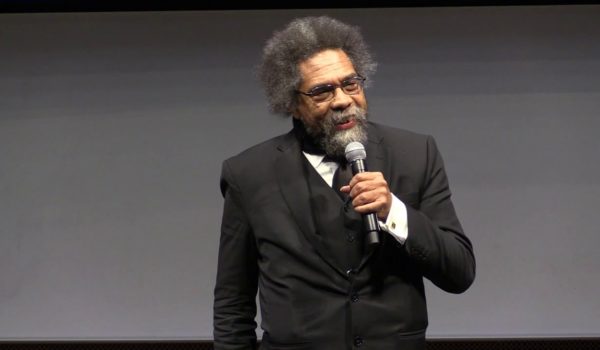
By Maggie Kilgore
On March 6, Democratic New York Governor Kathy Hochul announced that the state would be deploying hundreds of National Guard troops and state troopers into the New York Subway system to address the city’s growing crime problem. This came as a direct response to a string of recent random violent incidents, including a Subway operator reportedly being slashed in the neck in a late-night attack in Brooklyn.
The governor plans to send in 750 members of the National Guard, along with 250 from the State Police, part of a larger Subway Safety initiative that will cost the state approximately $20 million. The new safety measures proposed also include paying for 10 teams of mental health workers, banning violent criminals from riding the subways, adding cameras to train conductor’s booths and working with prosecutors to “track repeat offenders.”
New York City has tried the tactic of increased police presence before. In 2021, subway crimes increased by 41%. In order to address the problem then, Hochul committed the state and the NYPD to over 1,000 overtime shifts, specifically on subway platforms and on trains. This tactic was successful but unsustainable. At the time, NYPD was 1,000 officers short based on its own headcount, and eventually, officers got called to other parts of the city. Unfortunately, NYPD still does not have the resources to devote thousands of officers underground. In the years since 2021, the police shortage has only exacerbated. As of July 2023, the number of vacancies within the NYPD had risen 22%.
Assuming the national climate towards police won’t change any time soon, the likelihood of a surge of NYPD recruits, and the ability to increase police presence on subway platforms is not currently viable. But before looking to other uniformed law enforcement and calling in the National Guard, there are a number of easier (and cheaper) solutions that could quickly cut crime in the city.
First, add video cameras in subway stations. The slashing that happened in Brooklyn in February occurred when the conductor stuck his head out of the window. Law enforcement reviewed all of the available footage from the three cameras in the station, but none of those cameras were on the platform, and none inside of the train itself (including the conductor’s cars). Some steps are being taken to remedy this, but it needs to be more widespread. Jose Ibarra, the man who allegedly murdered Laken Riley, was arrested one day after her death, thanks to the surveillance cameras on the University of Georgia’s campus. New York has the technology, and the funds — they simply need to put it to good use.
Second, change the bail rules. According to the New York Police Department, 38 individuals responsible for assaulting transit workers were arrested 1,100 times. New York has gone back and forth with bail in the last five years. Currently, each crime is categorized as bail-eligible or not. Virtually all misdemeanors are not cash bail eligible, meaning a judge must release the person on their own personal recognizance, or with some conditions without sanctions.
Permitting judges to determine — on a case-by-case basis — whether a person should be detained prior to their trial is one way to legally protect a community. Many bail statutes require a judge to consider whether the individual is a danger to themselves or their community when setting a bail amount. For example, in New York, when cash bail for most misdemeanors and some non-violent felony charges was eliminated in 2019, crime rates continued to rise, causing the legislature to take another look at their bail statutes. Nothing in the statute requires the judge to consider current pending charges against the defendant, or their criminal history, both of which serve as prime indicators as to the individual’s likelihood to re-offend.
Third, increase funding for police. In the fall of 2023, progressive groups called for major budget cuts in the NYPD, which ultimately could’ve brought the number of law enforcement to the level of sworn officers in the 1980s. Fortunately, Mayor Adams, a former police captain himself, reversed course and funded the NYPD. However, none of this funding goes to address the police department’s staffing crisis, with over 2,500 officers leaving the department in 2023, citing hours and community support, including a dramatic increase (25%) in attacks against police officers.
While the presence of uniformed officers on the subway may temper crime for now, lasting change will only occur if the city accepts that the progressive proposals of 2020 have seriously damaged public safety and instead implements some of these substantial steps to reduce crime.
Maggie Cleary Kilgore is a visiting fellow at Independent Women’s Law Center (iwlc.org) and Deputy Commonwealth Attorney in Culpeper County, Virginia. She is former Special Counsel to Attorney General Jason Miyares and former Deputy Secretary of Public Safety and Homeland Security under the Youngkin administration.


